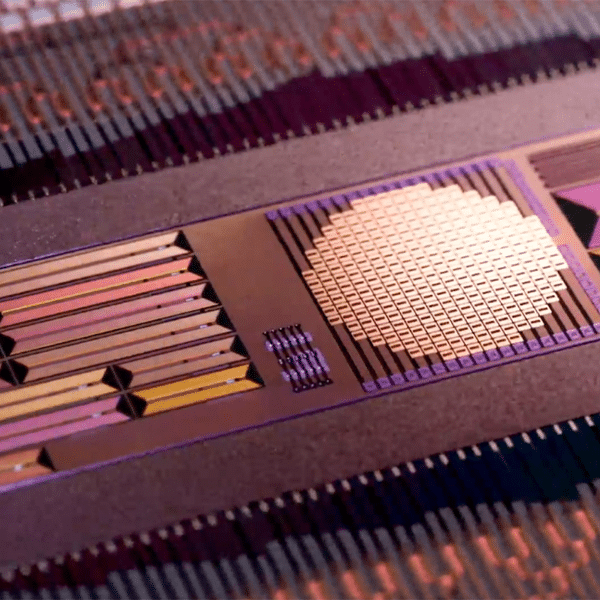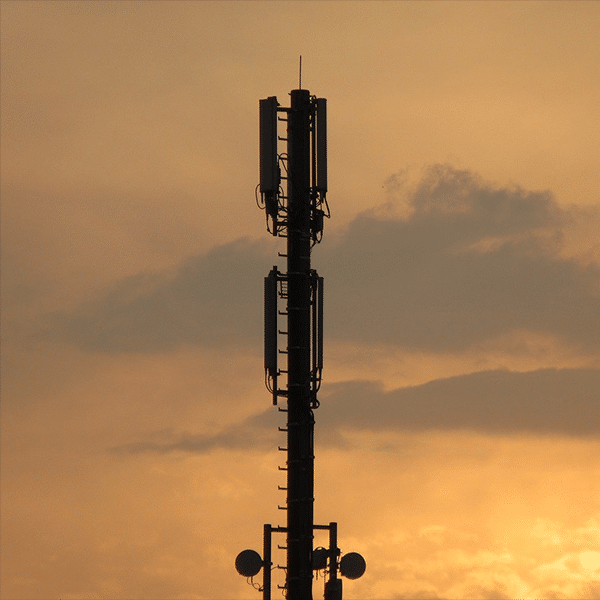To date, telecommunications networks using light to transmit data relied on fiber to carry and direct that light. X — a division of Google, not the social media platform — says that the next iteration of its Taara chip harnesses the light without the need for fiber.
The post says that Taara transmits at speeds of 20 Gbps up to a distance of 20 kilometers. The connection is made when beams of light from two units create a link. To date, the system — and the current chip, called Lightbridge — relies upon a system of mirrors, sensors, precision optics, and smart software to create the links. This, the post says, enables connectivity in hours.
X has been working on the concept for seven years.
The next step is getting rid of the physical elements. This could enable Google to deploy Taara faster and less expensively.
“At the heart of this innovation is the optical phased array, an advanced system that steers, tracks, and corrects light with extraordinary precision,” Taara General Manager Mahesh Krishnaswamy said in a blog post about the new Google technology.
“On each Taara chip there are hundreds of tiny light emitters. By using software to control when each of these emit light, we can manipulate the light’s wavefront and direct it where it needs to go.”
So far, the company has used the new solid-state approach to transmit 10 Gbps of data over a distance of 1 km outdoors at X’s Moonshot Factory labs in Mountain View, California. The next-generation Taara chip from Google is expected to be available next year.
Google has a long history of pushing the high-speed networking envelope. Last July, the company announced its GFiber Labs had tested a 50 Gbps connection on fiber huts on a live network in Kansas City.


